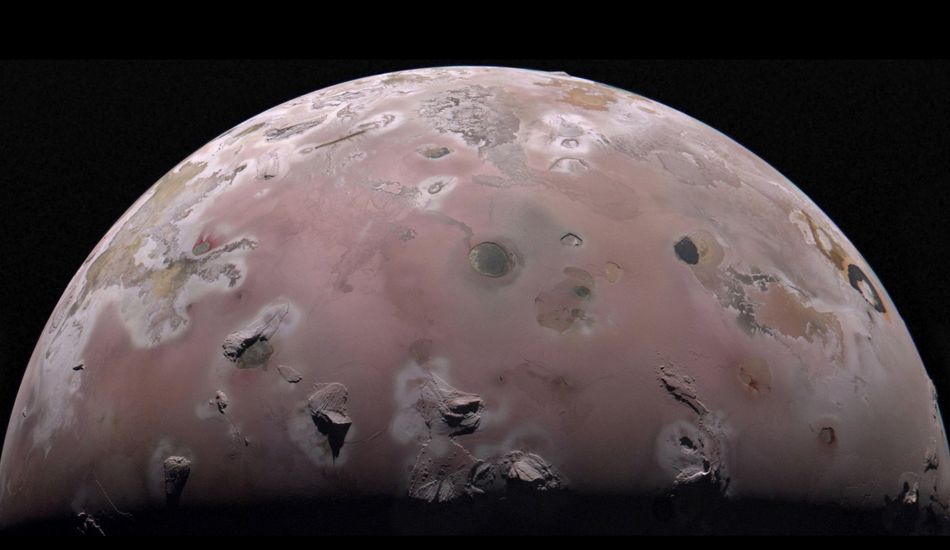
NASA Rescues JunoCam: A Camera's Survival Story on Jupiter
You know, space missions always come with their own set of challenges, and NASA's Juno mission to Jupiter is no exception. Launched way back in 2011, Juno has been braving some of the most intense radiation fields in our solar system to study the giant planet's origins. But recently, the JunoCam, which is basically Juno's eye, started acting up because of all that radiation. It’s like when your phone starts glitching after you've had it for too long – only this phone is orbiting Jupiter!
The JunoCam, a visible-light camera, began to show signs of radiation damage in December 2023. Imagine being a team member back on Earth, hundreds of millions of miles away, realizing that your camera is starting to fail just as you're about to photograph Io, one of Jupiter's fascinating moons. Talk about pressure! The team knew they had to come up with a solution and fast.
So, what did they do? They tried something called annealing. It's a process of heating the camera to reduce the radiation defects and then slowly cooling it down. Think of it like giving the camera a spa day to help it recover! As Jacob Schaffner, a JunoCam imaging engineer, mentioned, they weren't sure if it would work, but they had to try. They heated the camera to 77 degrees Fahrenheit (25 degrees Celsius), which is much warmer than usual, and hoped for the best.
And guess what? It worked! For a while, anyway. The camera was able to capture clear photos for several orbits. However, Jupiter's radiation is relentless. The damage came back, and the images started showing streaks and noise. The team tried different image processing techniques, but nothing seemed to fix the problem. With the Io encounter fast approaching, it was time for a "Hail Mary" – one last, desperate attempt.
The "Hail Mary" Attempt
They decided to crank up the JunoCam's heater to the max, hoping that an even more extreme annealing process would do the trick. At first, it didn't seem to make a difference. But then, with just days to go before the Io encounter, the images suddenly improved significantly! This allowed JunoCam to successfully capture detailed photographs of Io's north polar region, including previously undocumented volcanoes, on December 30, 2023. How cool is that?
Even though the image corruption returned during Juno's 74th orbit, the mission has been incredibly valuable. As Scott Bolton, Juno’s principal investigator, pointed out, Juno is teaching us how to build spacecraft that can withstand radiation. The lessons learned here can be applied to satellites orbiting Earth, benefiting both defense and commercial applications, as well as other NASA missions. It's amazing to think that a camera orbiting Jupiter is helping us improve technology here on Earth.
Source: Gizmodo